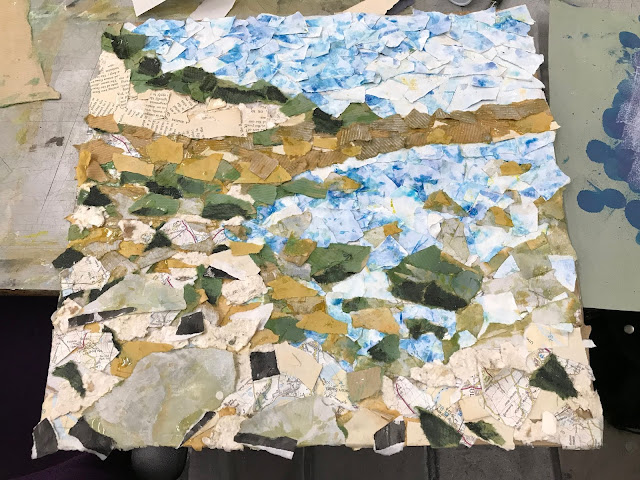Those colours opposite each other on the colour wheel are known as complementary colours. These are incredibly useful when creating tones and shadows.
This avoids the use of black to mix a tone, which can make a muddy version of your desired colour. Complementary mixing can be used in a whole range of media.
Artists who particularly explored colour at a time when it's properties where beginning to be better understood, such as Monet, Van Gogh, Cezanne and Matisse, will give you an insight into this technique.
Look at Monet's 'series' paintings such as the 'Haystacks' and 'Rouen Cathedral' below, and notice how he uses complementary colours to convey shade and shadow.
Similarly Van Gogh uses patches of complementary colour to add a three dimensional quality to his still life paintings of sunflowers.
Cezanne creates the shadows in this still life below, by using contrasting reds and greens with yellows and purples.





















































